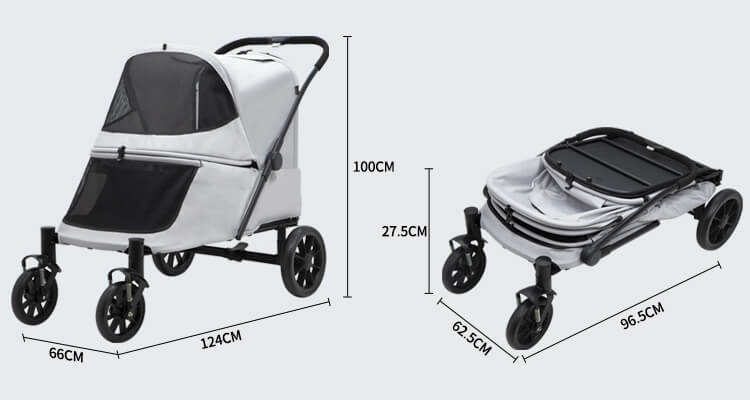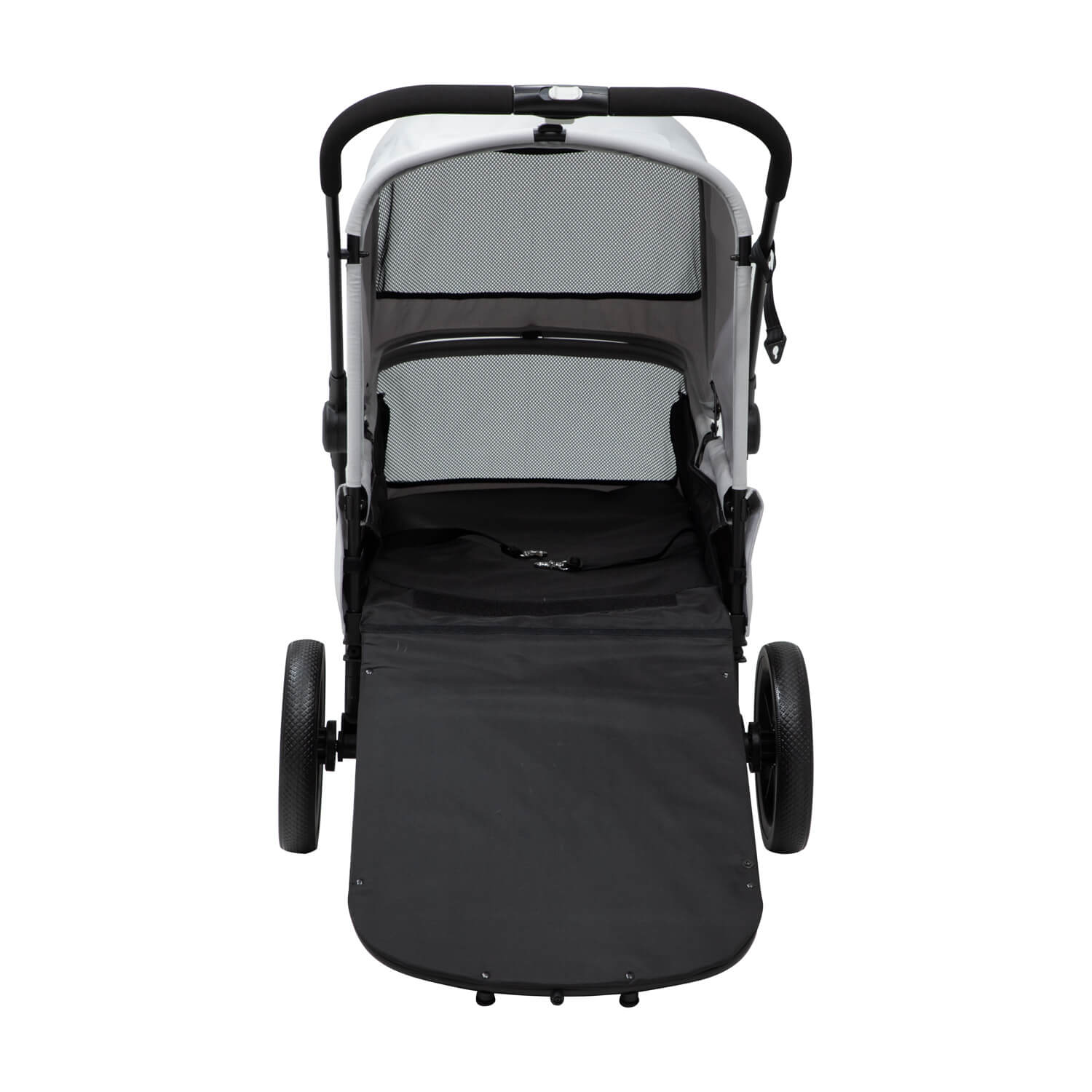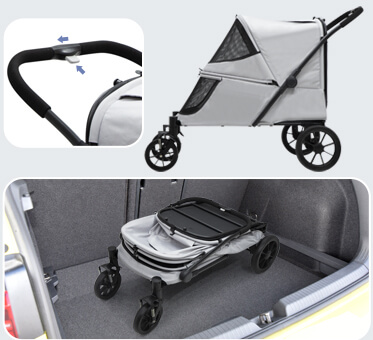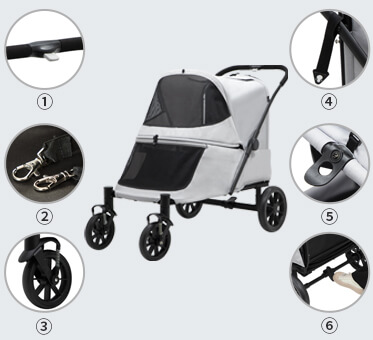As global attention on environmental protection and sustainable development continues to grow, industries worldwide are accelerating their search for solutions to reduce carbon footprints. In this trend, the composite materials industry is actively pursuing innovation to meet the market's demand for high-performance materials while promoting green and environmentally friendly development. By integrating advanced technologies such as carbon fiber, basalt fiber, and glass fiber, companies are paving the way for a more sustainable future.
Basalt Fiber: An Eco-Friendly Material Powered by Nature
Basalt fiber is a natural material derived from volcanic rock. Compared to traditional glass fiber, it has a lower carbon footprint. Its production process does not rely on energy-intensive raw materials, making it more environmentally friendly than other composite materials. Basalt fiber is not only eco-friendly but also boasts exceptional corrosion resistance and high-temperature performance, making it widely applicable across various industries.
Compared to traditional metals and plastics, the lightweight and high-strength properties of basalt fiber make it a preferred material in industries such as automotive, construction, and aerospace. Its superior performance enhances product lifespan and durability compared to traditional materials, while its recyclability positively impacts the environment.
Carbon Fiber: The Perfect Blend of High Performance and Sustainability
Carbon fiber is an indispensable core material in many industrial fields due to its exceptional strength and lightweight properties. Although traditional carbon fiber production is energy-intensive, continuous technological advancements have gradually reduced energy consumption during production, thereby minimizing its environmental footprint.
The widespread application of carbon fiber has improved product efficiency and performance, particularly in the automotive and aerospace sectors. By reducing the weight of automotive components, energy consumption and emissions can be effectively lowered. In aerospace, the use of lightweight materials directly enhances fuel efficiency, promoting the adoption of clean energy.
Glass Fiber: Playing a Vital Role in Sustainability
Glass fiber is a composite material widely used in industries such as construction, automotive, and aerospace. Although it is cost-effective and versatile, it poses certain environmental challenges. With increasing awareness of sustainability, many companies are incorporating more eco-friendly components into glass fiber or improving production processes to reduce its environmental impact.
By combining with basalt fiber and carbon fiber, glass fiber composites not only maintain high strength and durability but also effectively reduce energy consumption during production. This enhances the recyclability of products, further driving the development of a circular economy.
Sustainable Composite Materials Production: Reducing Environmental Impact from the Source
Sustainable development is not just about selecting the right materials; it also requires minimizing environmental burdens during production. Many companies are adopting lean manufacturing methods, optimizing material usage, and improving energy efficiency to reduce waste and pollution from the source.
Energy Saving and Emission Reduction: The introduction of new technologies has significantly improved energy efficiency. Low-energy technologies are employed in production processes, reducing greenhouse gas emissions and minimizing negative environmental impacts.
Waste Reduction: Advanced production processes enable effective recycling and reuse of waste materials. This not only reduces material waste but also creates more environmental opportunities for the entire industry chain.
Sustainable Raw Material Sourcing: Raw materials used in production are sourced sustainably, ensuring the environmental integrity of the entire production chain. By collaborating with responsible suppliers, companies ensure that material extraction processes comply with environmental and ethical standards.
Practical Applications of Composite Materials: Driving Green Transformation Across Industries
The advantages of these innovative materials extend beyond production, with their applications already yielding significant results in multiple industries:
Automotive Industry: The use of carbon fiber and basalt fiber helps reduce the overall weight of vehicles, improving fuel efficiency. By using lightweight materials, vehicles meet strength requirements while reducing fuel consumption and emissions, driving the green development of the automotive industry.
Construction Industry: The corrosion resistance and high-temperature performance of basalt fiber make it an ideal choice for construction materials. Structures made with this material are more durable and energy-efficient in daily maintenance, reducing upkeep costs.
Aerospace Industry: Lightweight composite materials are widely used in aviation, helping to reduce aircraft weight and improve flight efficiency. The use of these materials not only lowers fuel consumption but also reduces carbon emissions from air transport.
Renewable Energy: Industries such as wind and solar energy are also adopting these innovative materials. The high strength and durability of basalt fiber and carbon fiber make them ideal for critical components like wind turbine blades, significantly enhancing the performance and lifespan of wind turbines.
Future Outlook: Continuous Innovation and Green Manufacturing
As global attention on environmental protection continues to grow, innovation in the composite materials industry persists. In the future, with further technological advancements, the production processes of these materials will become more efficient and environmentally friendly. Industry participants will continue to promote sustainable production, reduce carbon footprints, and expand applications across more sectors.
Innovation will drive composite materials toward higher performance and lower environmental impact, contributing to global sustainable development. In this process, an increasing number of companies are adopting eco-friendly materials and optimizing production processes to make positive contributions to a green future.
For more information about BasaltMSSolutions Products solutions, visit us https://wwwbasaltmssolutions.com
...












